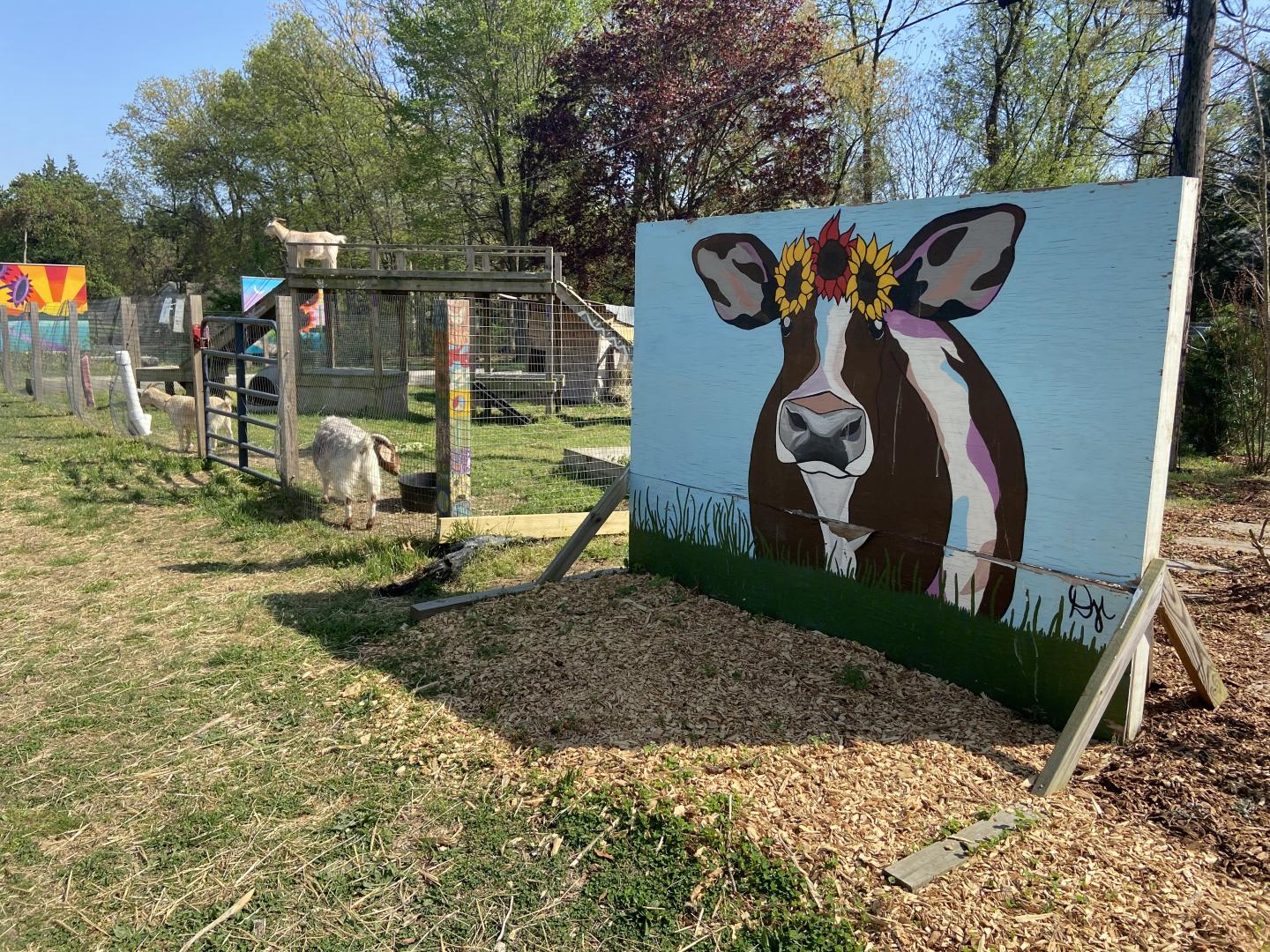About the Program
Background
The County has conserved over 14,600 acres of farms and working forests, but the number of new landowners enrolling in the program has slowed in recent years.
Anne Arundel County established an Agricultural and Woodland Preservation Program in 1993 to provide financial incentives for landowners to voluntarily agree to maintain their property as working farms and forests and forgo the potential for future development. The County established two programs in the County Code and in Program Regulations:
- Agricultural Conservation Easements - The County buys the development rights, and the land stays in private ownership as farm or forest. The easement is perpetual and runs with the deed when the land is transferred.
- Tax District Agreement - The property owner makes a commitment to keep the land in agricultural use and not subdivide for 10 years and receives a credit on the County portion of their Real Property Tax Bill. The District Agreement can be renewed every 10 years.
The County and similar State Programs have preserved over 14,600 acres of working farms and forests in Anne Arundel County. The County has a goal to preserve 20,000 acres of agricultural lands. In recent years, participation in the program has slowed. The program regulations from 1999 need to be updated to meet the changing landscape and operations on farms. While the success of program is fundamentally based on the success of the agricultural economy, improving the regulations can make it a more effective tool for farmers and for conserving land.
For more background information on the Agricultural and Woodland Preservation Program, see this Briefing Paper.
Process for Updating the Program
County staff have conducted research and collaborated with the Agricultural Preservation Advisory Board and other stakeholders to develop recommendations to update the program.
County staff have developed recommendations for updating the Agricultural and Woodland Preservation Program by reviewing past plans, conducting research on trends and conditions and engaging in collaborative discussions with the Agricultural Preservation Advisory Board and an ad hoc Working Group including large landowners, small farmers, environmental, and community organizations.
The County Council has the final authority to make revisions to the program as it will require changes to the County Code.
Draft Recommendations
The key recommendations to improve the program address:
- Eligibility Criteria - Reducing the 50 acre minimum size of agricultural land to allow for smaller farms to participate
- Price - Increasing the price paid to landowners to make the County program closer to the State agricultural preservation programs.
- Increasing Flexibility of Allowed Uses
- Diversification of agricultural activities, such as agritourism
- Allowing the potential for one future residential lot on easement properties
- Allowing for large lot subdivision for agricultural purpose
- Make property tax credit for land under easement permanent (rather than having to renew every 10 years)
- Authorize OPZ to adjust program requirements administratively
This fact sheet lists the recommendations in more detail.
Provide Comments
You can provide your thoughts on the draft recommendations by completing this questionnaire. The questionnaire takes approximately 7 minutes to complete.
Submit comments by November 17
Your comments will be considered as the recommendations are crafted into a bill for the County Council to consider.
The public will be able to provide comments directly to the County Council at public hearings and through written testimony after a bill is introduced which is tentatively scheduled for March 2026.

